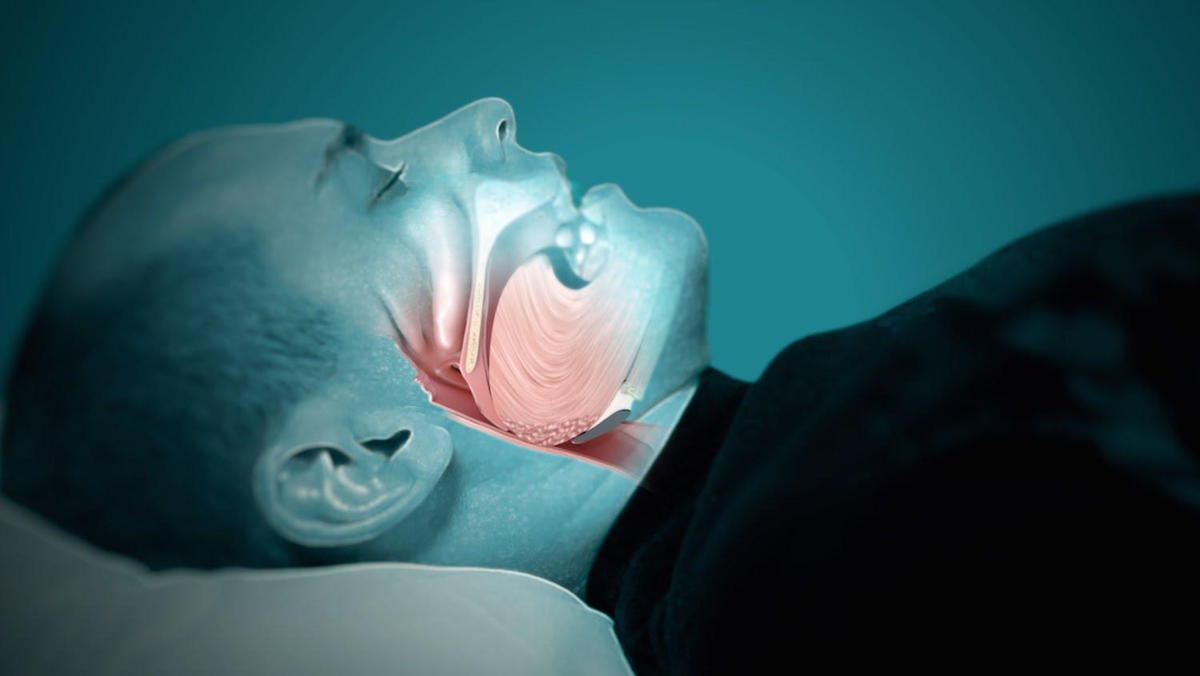Strategies for Sleep Apnea
- posted: Nov. 15, 2018
Loud, explosive snoring is a hallmark of obstructive sleep apnea, which affects up to 25% of men and 10% of women. This nighttime breathing problem often disrupts sleep, leaving people tired and irritable during the day. But sleep apnea also can boost blood pressure and may increase the risk of clogged heart arteries, heart rhythm disorders, heart failure, and stroke. The gold standard treatment, called positive airway pressure or PAP — which uses a bedside machine that provides a stream of air through a face mask — is very effective. But it's a tough sell for many people, who find the device challenging to use consistently.
Because of difficulty tolerating the device, some people don't use their PAP machine every single night, while others remove it halfway through the night. However, troubleshooting some common issues with PAP may help (see "Tips for using a PAP machine"). "For people who use PAP machines, it's also important to get periodic check-ups with a sleep medicine specialist, who can adjust your machine's programming and make it easier for you to use consistently," says Dr. Lawrence Epstein, associate physician with the Division of Sleep and Circadian Disorders at Harvard-affiliated Brigham and Women's Hospital.
Losing weight can improve sleep apnea; so can treating nasal stuffiness, getting more exercise, and avoiding alcohol near bedtime. But these lifestyle changes don't always work. If that's the case, and using a PAP machine proves unsuccessful, another possible option is a therapy to stimulate the upper airway. The FDA-approved therapy, called hypoglossal nerve stimulation, features a small device similar to a pacemaker that's surgically implanted in the upper chest and a wire that runs under the skin to the neck.
The system (commonly called by its trade name, Inspire) monitors your breathing and stimulates nerves around your tongue and airway to prevent them from collapsing. Currently, the procedure is being done in specialized centers on people with moderate to severe sleep apnea and a body mass index of 32 or lower who are unable to use PAP. "People seem to tolerate the device well, and the success rate is about 60%, making it a promising new way to treat sleep apnea," says Dr. Epstein.

Source:https://www.health.harvard.edu/heart-health/strategies-for-sleep-apnea
This website includes materials that are protected by copyright, or other proprietary rights. Transmission or reproduction of protected items beyond that allowed by fair use, as defined in the copyright laws, requires the written permission of the copyright owners.
Contact Us
Phone: (914) 476-0100 Fax: (914) 476-6322
Our Location
626 McLean Ave
Yonkers, NY 10705-4738, US
(914) 476-6322
Hours of Operation
Our Regular Schedule
8:45 am - 5:30 pm
8:45 am - 5:30 pm
8:45 am - 5:30 pm
8:45 am - 5:30 pm
8:45 am - 5:30 pm
8:45 am - 4:30 pm
Closed


